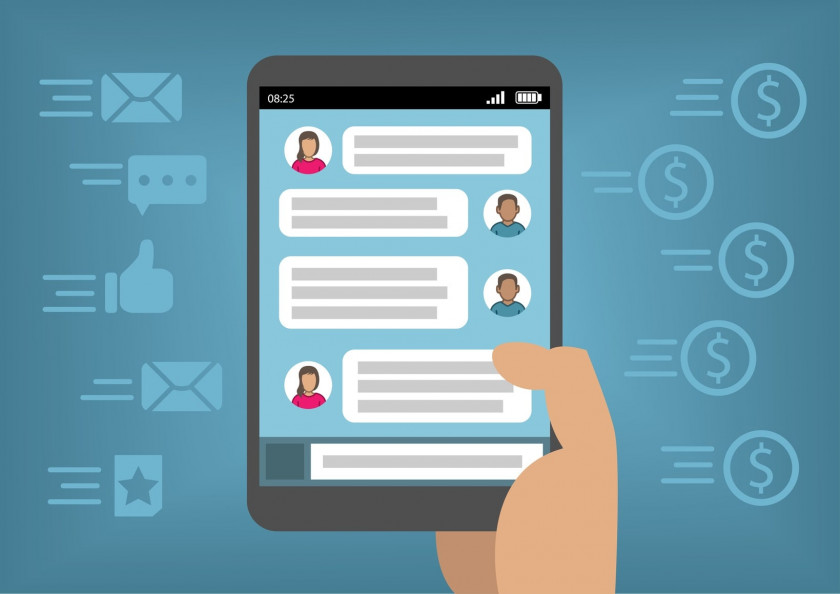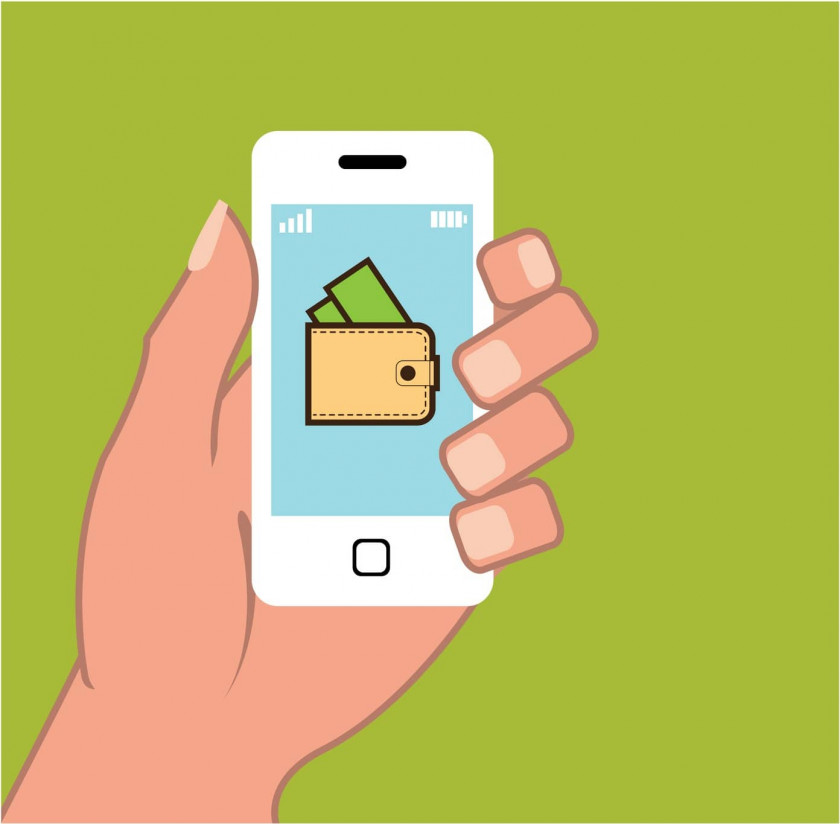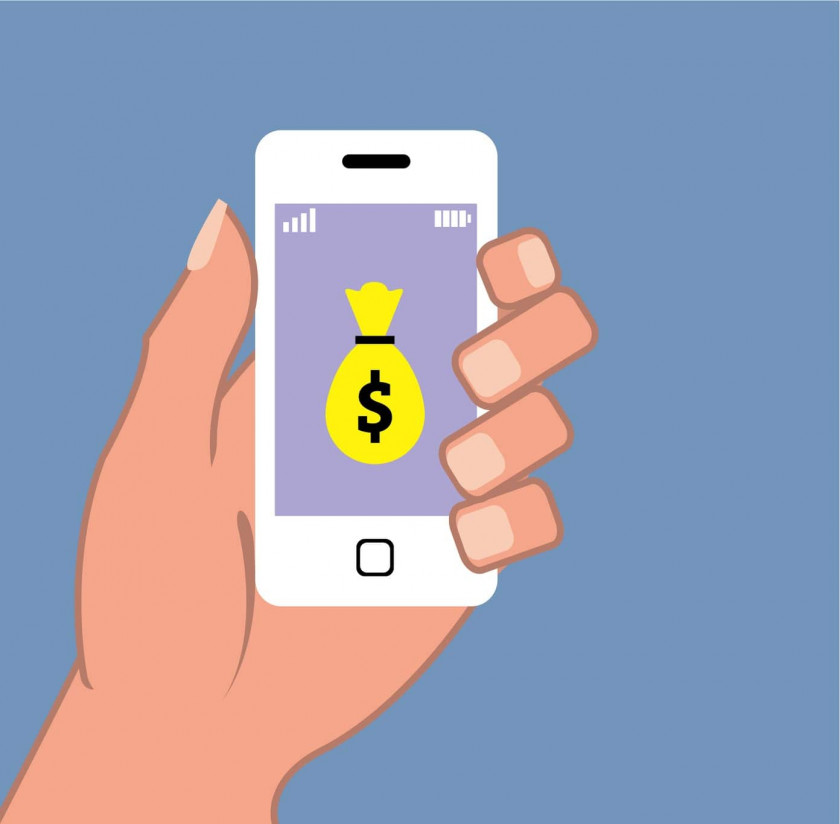‘I have an app for that!’
Customers love that apps can make their lives easier. But there’s a ‘little’ difference between the needs of developers and those of app users. The first group is in the business because… Well, it’s a business. The second group is accustomed to having all they need on the Internet for free. So how can you monetize your app if your customers don’t really want to spend their money?
The key is growing engagement within the app. Of course, you can earn millions of dollars on paid apps without any in-app purchases and advertising. But these apps are extremely rare. Economically, aiming to grow a unicorn gives you fewer chances to succeed.





